I have been experimenting with container gardening as well. I also finally realized that the patio, although nearly white concrete, was conducting heat into the containers and cooking the roots! I raised, re-raised and raised the containers. They are now 1' off the ground in plant stands, on stacks of 2"x4" blocks or milk crates.
I have not been happy with commercial cactus soil. The succulents and cacti that I planted in my own mixture of over 50% sand and worn-out potting soil did better. The compost rots away quickly in this heat. I top-dress with no more than 1" completely cold compost once a year.
I like the containers to be as big as possible. My best container is over #20 gallons. The containers themselves must be able to stay cool. I tried using foam; but it stayed too cold in the Winter. I think it would have insulated the heat in the Summer as well. Black nursery pots, even #15 gallons, get very hot. I observed that Lantana climbing over the edge was burning. I notice that Mountain States Wholesale Nursery is now painting some or all of their nursery pots white. I do not like pure white. However, I have had good luck retrofitting gray #5 paint buckets. I like the extra room at the bottom. Krylon makes a paint that will stick to clean outdoor plastic without having to prime.
Plant breeder Mister Ronald Gass of Mountain States Wholesale Nursery experimented with various potting mediums. The problem with perlite is it is a rock and holds heat. Therefore he pioneered tree and shrub potting soil that uses composted bark for drainage. Gardener's World sells this. If you do not live in central Phoenix check with companies that make and sell mulches and soils.
I have studied, observed large projects and experimented on my own. I agree with the studies transplanting #1 gallon woody plants in the Autumn is best. #5 plants although having deeper roots are older and growing slower. Thus, I also observed that older plants took longer to become established.
Regarding what to plant. Water plants, even marginal water plants do terribly here unless they are native plants. Our water is too alkaline and salty; and the water boils the plants.
Regarding edible plants, I think of herbs as being one of the easiest things to grow.
Limequats and other miniature citrus may be available at Gardener's World. These little trees look fantastic during the holidays; and the whole fruit is edible. Again, the commercial citrus soil needs more sand. Citrus do not like basic salty water. Acidify your water by injecting vinegar into your system. Look for organic citrus food that provides the micro-nutrients and micro-flora they need. Do not prune citrus here in the low desert.
I found that any STANDARD landscape plants that are ARIZONA-GROWN and adapted to the area and soil that you have will work. Cheap plants from Target and so on died. Whether it is above-ground ponds or containers, I like to include some cascading plants that connect the raised garden to the ground.
Maintenance: Container plants need to be watered more often; thus I have discovered that chemical fertilizers wash away too quickly. Some plants are subject to chlorosis. Therefore I have finally ended up with organic fertilizers that are supplemented with chelated iron, ferrous sulfate and magnesium sulfate (epsom salts).
I fertilize and water 1X/month if the plant is not dormant. Here in the low desert some plants go dormant in the Summer. I stick my finger in the middle of the container down to the first joint. If the tip of my finger is dry, I water 1X/week in the Summer. Fungus gnats are an indication that you are over-watering. When it is really hot, I use a little houseplant watering can to water the edges of the containers and keep the soil from pulling away from the edges.
Pest control: If you are going to be eating these plants, you do not want to use pesticides. Even many of the organic products that you may be familiar with such as neem oil, will burn plants here. Thus, I rely on preying mantis, beneficial wasps, hover flies and other beneficial insects. You can send away for beneficial nematodes which eat fungus gnat larvae this Autumn when it is cooler. Since I have all these beneficial insects I do most control by removing the majority of affected foliage. Then blast plants with water making sure to get the undersides of leaves. If things get really out of hand, I may spray with rubbing alcohol. This seems to work on spider mites, but not white fly. The preying mantis and friends clean-up the ones that I missed.
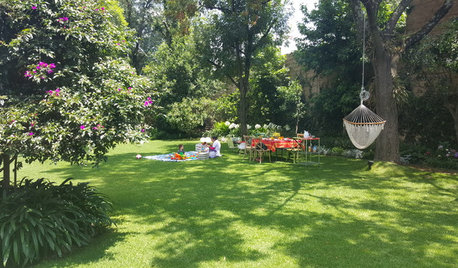

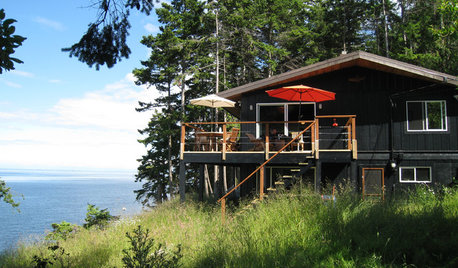
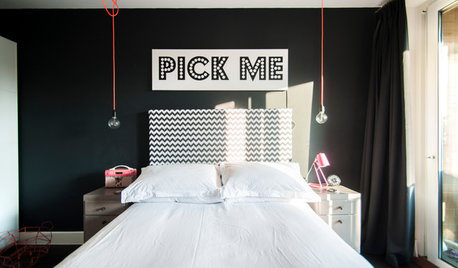
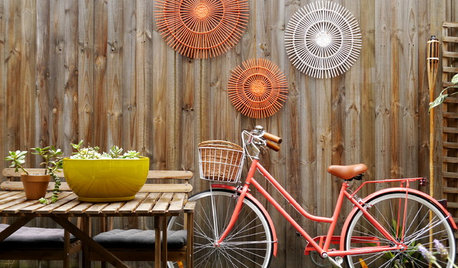
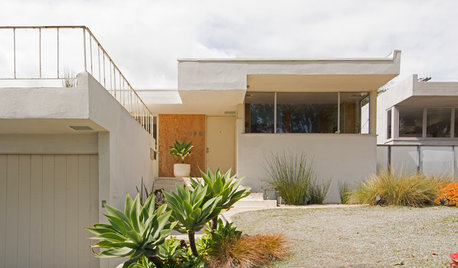
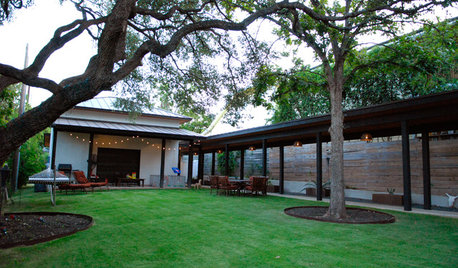


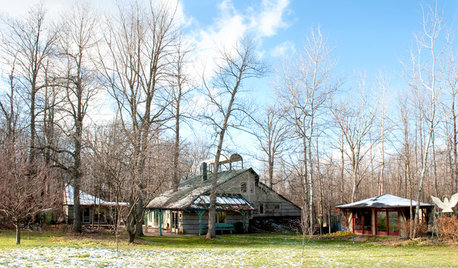






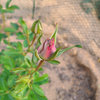
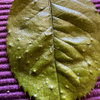
stompoutbermuda
Related Professionals
Tempe Landscape Architects & Landscape Designers · Marina Landscape Architects & Landscape Designers · Port Royal Landscape Architects & Landscape Designers · Signal Hill Landscape Architects & Landscape Designers · Washington Landscape Architects & Landscape Designers · Concord Landscape Contractors · Allentown Landscape Contractors · Alamo Landscape Contractors · College Park Landscape Contractors · Dedham Landscape Contractors · Deerfield Beach Landscape Contractors · Pahrump Landscape Contractors · Pompano Beach Landscape Contractors · Tavares Landscape Contractors · Thornton Landscape Contractors